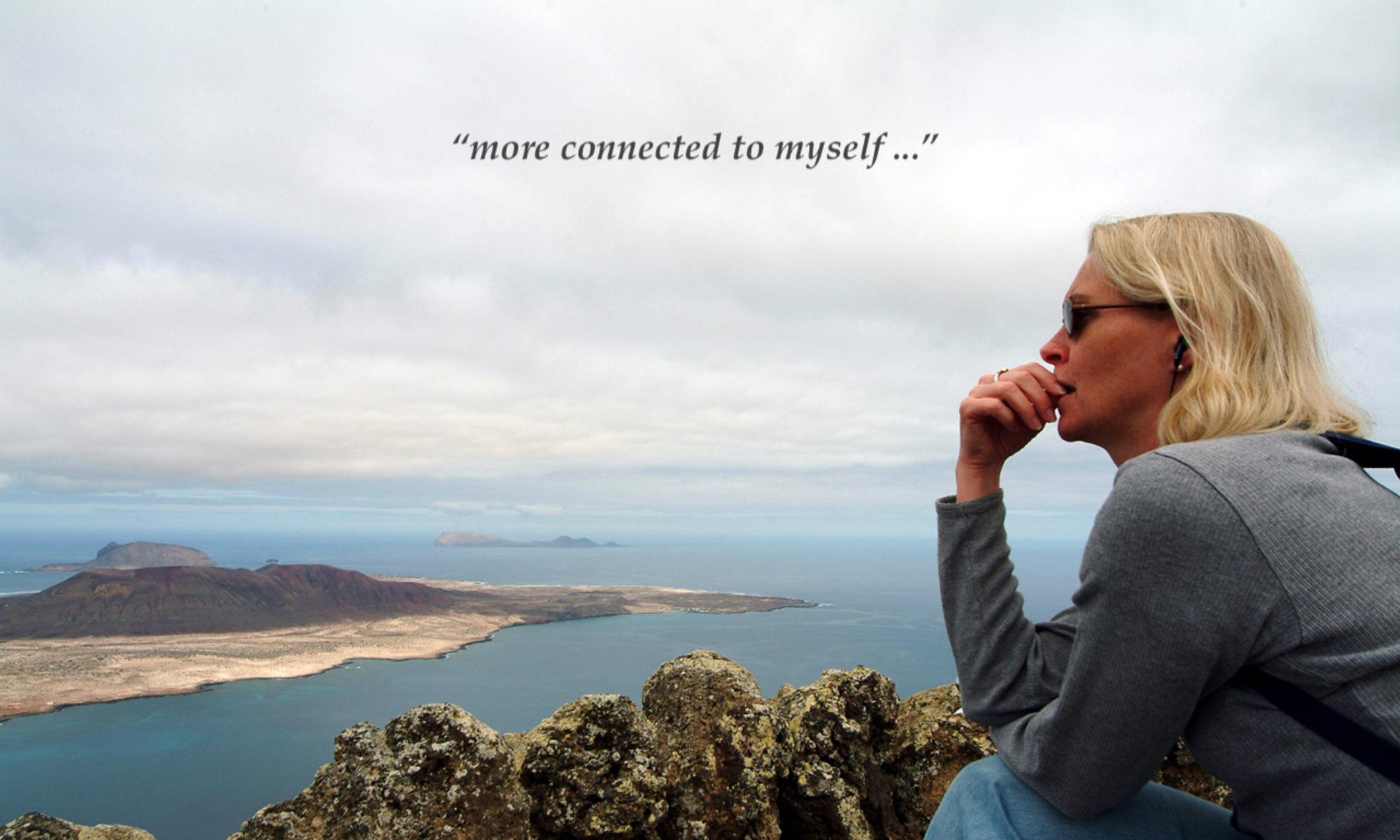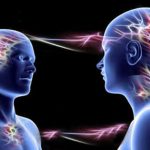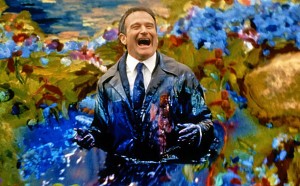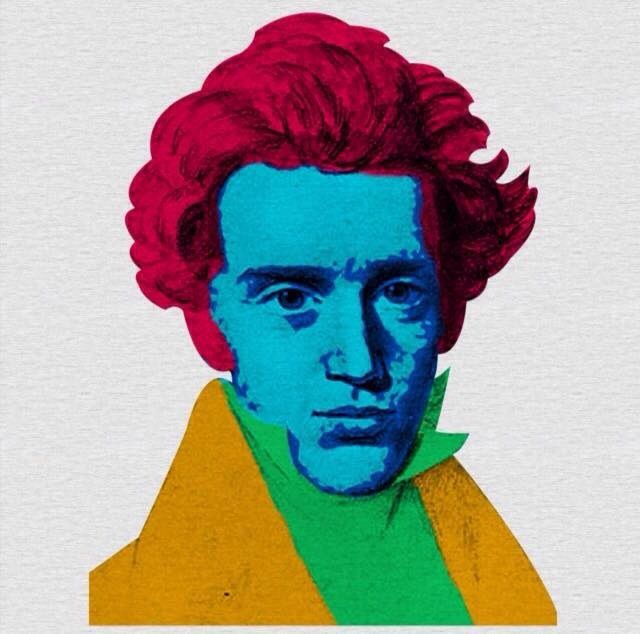“For now we see only a reflection as in a mirror; then we shall see face to face. Now I know in part; then I shall know fully, even as I am fully known.”
― 1 Corinthians ch13 v12
Meditation: “Saying the mantra ma-ra-na-tha … each repetition the erasure of a pixel of illusion.”
Via Transformativa
 Pop prophet Andy Warhol famously said one day everyone will be world famous for fifteen minutes. He didn’t specify how or famous for what but now we know. In our celebrity obsessed culture when asked what do you want to be the majority of pre-adolescents replied “famous”.* Famous for what? They want to be famous for being famous. Like Kim Kardashian. 29,892,572 people do ‘Like’ her on Facebook. That’s 14,946,286 per cheek. No-one can tell me what for. Susan Boyle who can sing has only 1,590,233 ‘Likes’.
Pop prophet Andy Warhol famously said one day everyone will be world famous for fifteen minutes. He didn’t specify how or famous for what but now we know. In our celebrity obsessed culture when asked what do you want to be the majority of pre-adolescents replied “famous”.* Famous for what? They want to be famous for being famous. Like Kim Kardashian. 29,892,572 people do ‘Like’ her on Facebook. That’s 14,946,286 per cheek. No-one can tell me what for. Susan Boyle who can sing has only 1,590,233 ‘Likes’.Famous how? This is now a well trodden path. All you have to do is make Simon Cowell smile – or scowl – so long as you win X-Factor or Britain’s Got Talent – both Cowell properties. That’s how Susan did it. Can we remember any of the other nine BGT winners or twelve X-F winners? Even your fifteen minutes is quickly forgotten.
The other avenue these days is, of course, the internet. The most ‘famous’ Vlogger I’ve never heard of (that’s video blogger to you and me) is KSIOlajideBT – aka KSI or Olajide Olatunji from Hertfordshire whose YouTube channel has 16 million subscribers and 3.1 billion views. His videos mostly consist of him playing FIFA video games along with his commentary. Famous for 45 minutes each way?
What are the chances of realising fame for it’s own sake? According to Wired magazine** the fraction of living famous people is 0.000086. The chances of winning the UK Lottery jackpot is 1 in 45,057,474 or if every one of the 7,059,837,187 living people on the planet joined in there would be 157 winners or represented as a fraction 0.0064. More than a hundred times better chance than being famous. And as a Lottery winner you’d be famous as well. As I say to my brilliant aerialist daughter “do your work – fame is none of your business”.
The lure of celebrity as a way out of the humdrum of austerity is compelling. As the poison dwarf Angela says in American Beauty “there’s nothing worse than being ordinary.” But the price can be more than the entry fee to X-Factor or a Lottery ticket.
“Chasing fame is like chasing a ghost. It’s a fool’s errand. What happens when you search for it for your whole life and never find it? What does that do to your psyche? How could you ever hope to be happy without this thing you crave so desperately?” Adam Pliskin
Chasing shadows is the theme of Plato’s Allegory of the Cave, or Plato’s Cave, in Book VII of his Republic written in about 380BCE to compare “the effect of education and the lack of it on our nature”. It is the most accessible discussion of the nature of reality in philosophy to this day. The allegory is related to Plato’s Theory of Forms, according to which ‘Forms’ or ‘Ideas’ and not the material world known to us through our senses possess the highest and most fundamental kind of reality.
It goes like this:
Imagine a cave in which there are prisoners shackled and their head is tied so that they cannot look at anything but the cave wall in front of them. They have been there since birth and have never seen outside of the cave. Behind the prisoners is a fire, and between them is a raised walkway. People walk along this walkway carrying things which cast a shadow on to the wall. If you had never seen the real objects before you would believe that the shadows of objects were ‘real.’
Plato suggests that the prisoners would begin a ‘game’ of guessing which shadow would appear next. If one of the prisoners were to correctly guess the others would consider him or her smart – knowledgable. One of the prisoners escapes from their bindings and finds a way out of the cave. He is shocked at the world he discovers outside the cave and at first does not believe it can be real. As he gets used to his new surroundings, he realises that his former view of reality was an illusion. He begins to understand his new world and sees that the sun is the source of life and goes on a journey where he discovers truth, beauty and meaning. The prisoner returns to the cave to tell them the good news. They do not believe him and threaten to kill him if he tries to set them free.
“Previously he had been looking merely at phantoms; now he is nearer the true nature of being.” Plato
There have been other occasions where people would rather kill the Truth than have their illusions shattered. Who was it that said “for most people thinking amounts to no more than re-arranging their prejudices”?
If you ask a fish what the water’s like today he would reply “what’s water?” Before Aristotle you would trust your senses and believe the earth was flat. You probably believe in evolution even though you’ve not studied the empirical evidence. Neither have I. Our latest scientific theory or conjecture as John Hands corrects us*** is that our universe began in a Big Bang 13.4 billion years ago followed by an inflation faster than the speed of light. Believable? Modern cosmologists tell us 95% of the total mass–energy content of the universe is missing and call it dark energy (68%) and dark matter (27%). Would you believe it? Scientific truth is always provisional.
The mystic does her own experiments on the nature of reality in the cave of the heart where there are no shadows only Light. You can try it yourself without buying a ticket but you’re very unlikely to get famous just eternal.
“This world is not unreal; it is the real world, but reflected as in a mirror. To mistake the reflection for the reality, to think that the world as it appears to the senses is real in itself, is illusion.” Bede Griffiths










